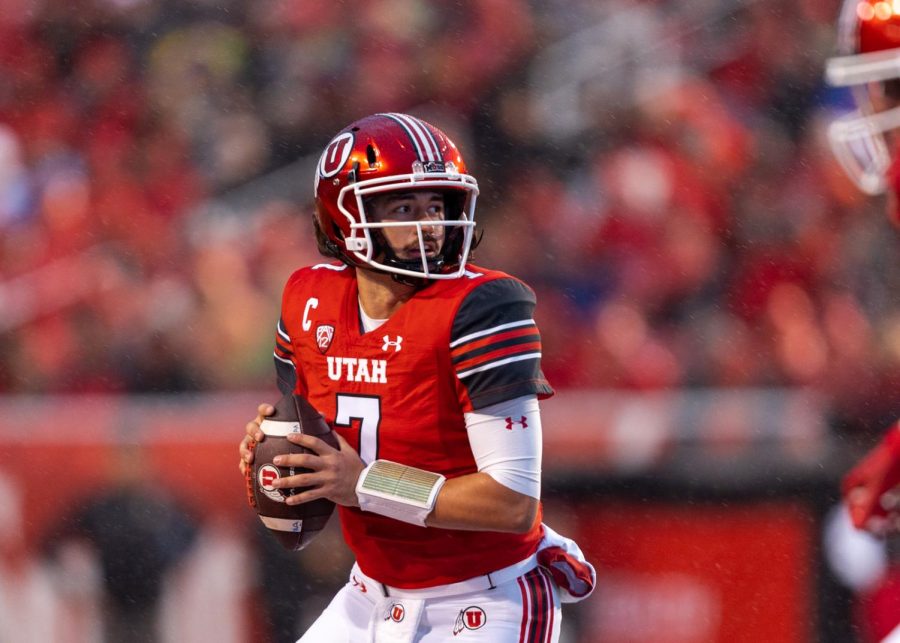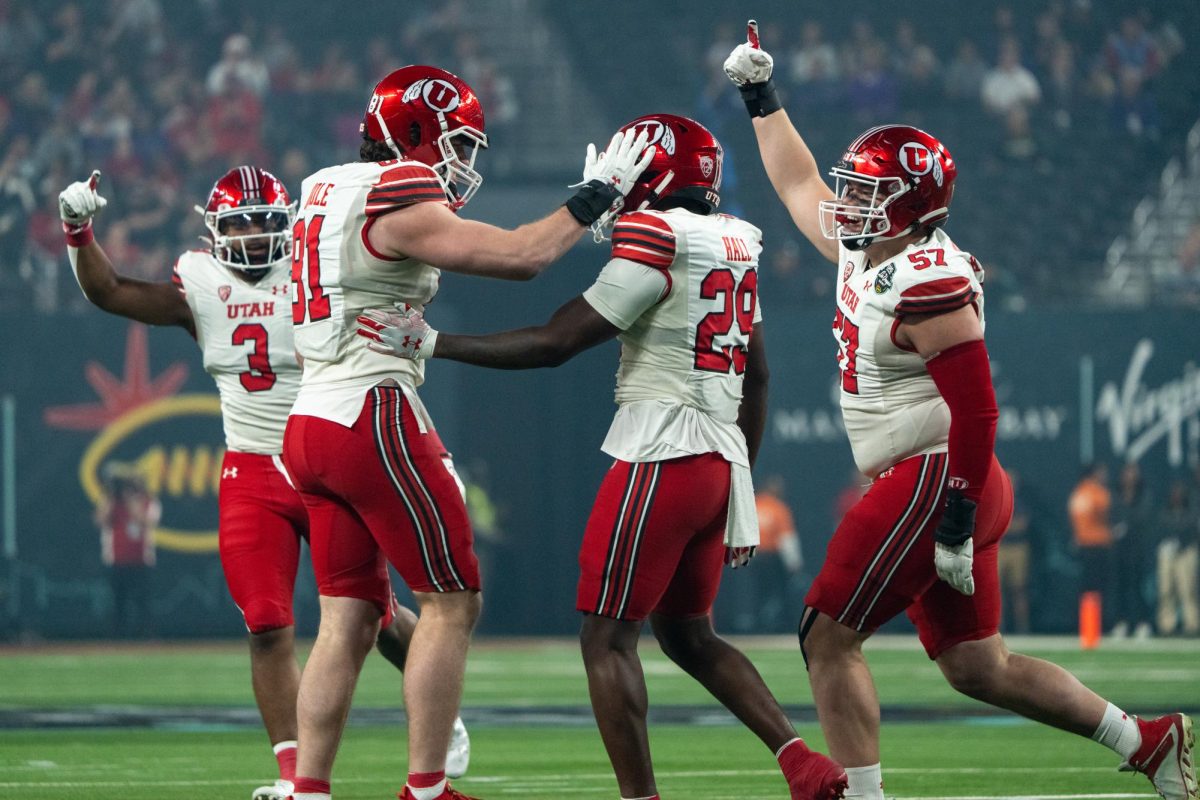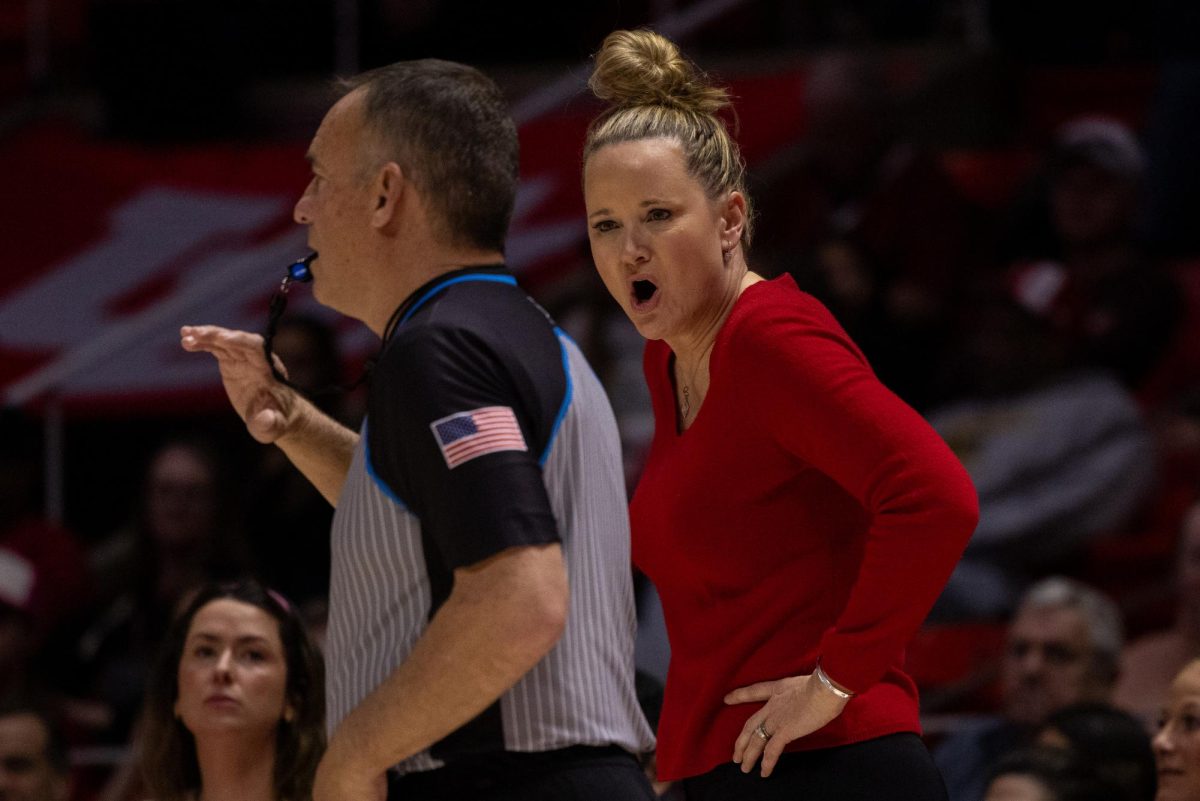Utah and BYU both have high-powered and productive offensive weapons this season, although when comparing the two schools, the firepower comes from two different sources.
The Utes have won games by playing smashmouth football. They’ve used a wide variety of players and formation sets that work best when the defense is caught off guard. BYU, on the other hand, has relied mostly on the arm of Heisman hopeful Max Hall and his proficient aerial assault.
However you want to look at it, both teams have been productive in putting up points on the board. One characteristic both offenses share is a glut of offensive weapons to choose from.
The ground game
The running game is the University of Utah’s most productive asset on offense. The Utes haven’t had much trouble with running the ball against any team this season, save for the No. 1 rush defense in the country, Texas Christian University. As a team, Utah is averaging 171 rushing yards per game and has scored 20 touchdowns going into its second-to-last game of the regular season. Individually, nobody on the team has standout stats in rushing, but the Utes have taken advantage of the spread offense to work the ball around the field, giving any of the five guys who will touch the ball an opportunity to have a good game.
BYU, on the other hand, relies mostly on Harvey Unga to be the team’s most effective rusher. Not that this is a bad thing, as Unga has been able to rack up a lot of yardage on a team with a great passing game. He is averaging 91 rushing yards per game, with the next closest rusher, Fui Vakapuna, averaging 22 yards per game.
Airing it out
Without a doubt, Brigham Young University has some of the best weapons in college football when it comes to the passing game. Max Hall hasn’t had much trouble in finding receivers this season and has racked up huge numbers8212;305 passing yards per game to go along with 29 touchdowns.
His favorite target this season has been wideout Austin Collie, who has already surpassed the 1,000-yard receiving mark. Accompanying Collie is tight end Dennis Pitta, averaging 91 yards per game and six touchdown receptions.
Passing for the Utes isn’t highlighted until the last two minutes in close games, but they can be very productive when focusing on it. Brian Johnson is only averaging 220 passing yards per game and has thrown for 15 touchdowns. Although his numbers aren’t staggering, he has proven he can make clutch passes with the game on the line.
Freddie Brown is the Utes’ leading receiver this season, averaging 55 yards per game, with Bradon Godfrey and Brent Casteel second at 43 yards per game.
Hitting them where it counts
Both teams are even at 70 percent when it comes to scoring touchdowns in the red zone, but if faced with fourth down and the need for a field goal, it’s obvious which team has the advantage.
If the Utes make their way inside the 20-yard line, they have a scoring efficiency of 90 percent with Louie Sakoda. Sakoda has made 19 of 21 field goals for the Utes this season and has earned the right to be called the Utes’ clutch performer. He has yet to miss inside of 47 yards and already has a game-winner to his credit.
BYU isn’t terrible at putting points up when inside the red zone8212;it has an 80 percent scoring efficiency when inside the 20-yard line.
Offensively, both teams are fairly even in productivity. BYU has the advantage in total yards per game with 446, but the Utes aren’t far behind with 392. They are almost dead even in points per game, with the Utes scoring 33 and BYU 35 per game.
The difference lies in the way each team spreads out the defense and how each offensive coordinator plans on delivering the ball to the playmakers.
 Tyler Cobb
Tyler CobbFreddie Brown is leading the Utes in receiving this season, averaging 55 yards a game. Utah’s passing game has come up big in the closing minutes of some games this year.
 Tyler Cobb
Tyler CobbAustin Collie has been Max Hall’s favorite reciever this season. Collie has racked up more than 1,000 yards receiving for the season.
















